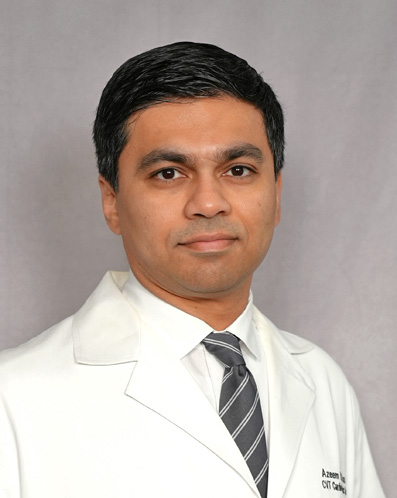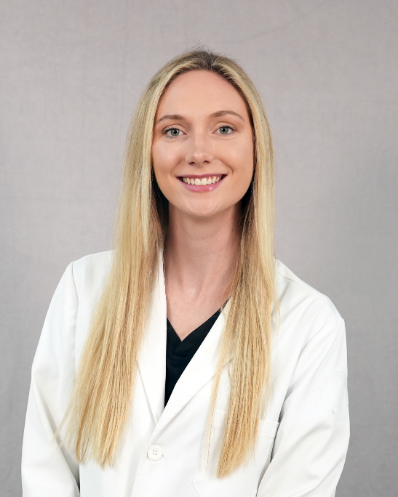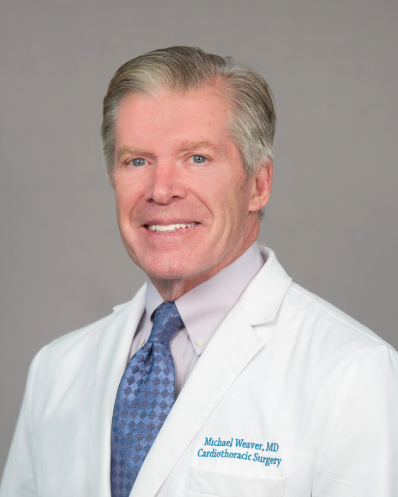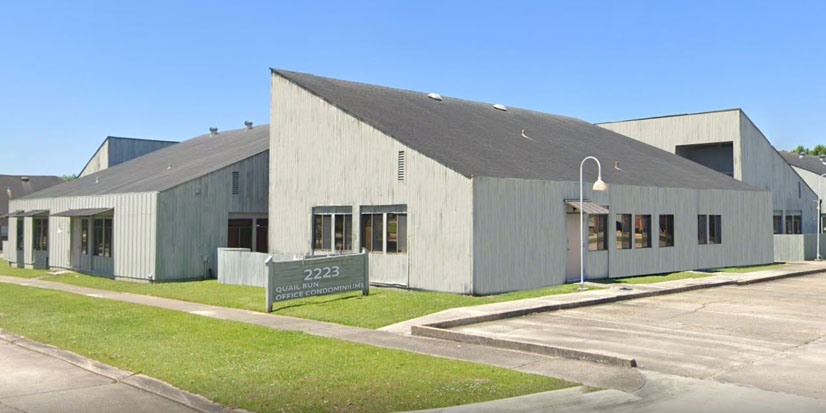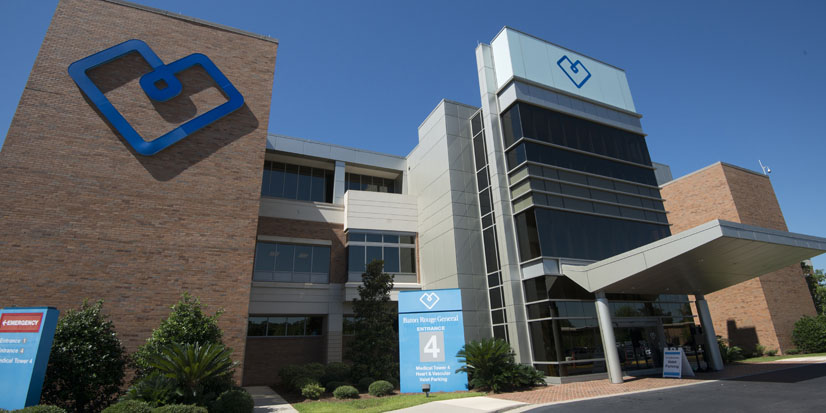The left side of the heart is comprised of the left atrium and the left ventricle, which are separated by the mitral valve. The mitral valve allows for oxygenated blood to pass from the lungs through the left atrium and into the left ventricle.
If the mitral valve is not functioning properly, blood flow can be blocked or flow back into the lungs, causing symptoms such as tiredness, shortness of breath, irregular heartbeat, heart murmur, chest pain, decreased exercise endurance, swelling of the lower extremities, progressive lung congestion, and heart failure. There are people with mitral valve disease, however, that experience no symptoms at all.
In some cases, symptoms of mitral valve disease can be reduced with medication. But the most definitive treatment for the condition is mitral valve repair or replacement.
Types of Mitral Valve Disease
These are the two primary types of mitral valve disease and their causes:
Mitral Valve Regurgitation
If the mitral valve does not close completely, blood can pass backwards into the lungs. This dysfunction of the mitral valve commonly presents as a bulging of the mitral valve's flaps into the left atrium and is also referred to as mitral valve prolapse. Mitral valve regurgitation is often caused by a congenital malformation, but it can also be the result of infection, trauma, or heart failure. If not treated, it can damage the heart muscle.
Mitral Valve Stenosis
Thickening of the mitral valve's flaps restricts blood flow from the heart's left atrium to the left ventricle. In order to compensate for the narrowed passageway, the heart is forced to work harder to pump blood through the mitral valve, which can weaken the heart over time. Mitral valve stenosis is typically the result of rheumatic fever, a rare childhood illness that results from untreated scarlet fever or strep throat.
Difference Between Repair and Replacement
Many factors are involved in determining whether a mitral valve should be repaired or replaced. The type of procedure, or whether it is done at all, is typically decided upon based on the condition of the mitral valve, severity of symptoms, and the anticipated risks associated with surgery.
Mitral valve surgery is primarily conducted through open heart surgery, involving one long incision in the chest, but it can also be done using minimal access procedures. Minimal access mitral valve surgery may involve multiple small incisions in the chest through which a surgeon uses robotic arms (robot-assisted surgery) or long instruments (thoracoscopic surgery) inserted through the incisions. Overall, minimal access heart procedures tend to result in shorter hospital stays, less pain, and quicker recovery times.
Mitral valve surgery may also be done in conjunction with other types of heart surgery. Additionally, mitral valve repairs may be performed by inserting a catheter with clips into an artery in the groin that is guided to the mitral valve. This procedure is typically reserved for people who are not candidates for other types of mitral valve surgery.
Mitral Valve Repair
When possible, mitral valve repair is the preferred method for treating mitral valve disease since it helps preserve heart function. Repairing the valve instead of replacing it also reduces the risk for blood clots, infection, stroke and potential failure of the replacement valve over time.
Depending upon the condition of the mitral valve, repairing the valve may include:
- Expanding the narrowed valve using a balloon guided through a catheter (valvuloplasty)
- Tightening the ring around the valve (annuloplasty)
- Removing excess valve tissue to allow leaflets (flaps) to close tightly again
- Replacing cords that reinforce the valve to restore structural support
- Patching holes in the valve
- Reshaping the valve
- Reconnecting valve leaflets
- Separating fused valve leaflets
- Plugging leaks in a previously replaced mitral valve
Mitral Valve Replacement
In some cases, the mitral valve is too damaged to be repaired and needs to be replaced. Mitral valves can be replaced with a mechanical or biological valve. Although typically conducted using an open heart surgery method, the procedure may be performed using minimal access procedures.
Biological Valve Replacement
Mitral valve tissue is replaced using pig, cow, or human heart tissue. This type of replacement valve often degenerates over time and may have to be replaced.
Mechanical Valve Replacement
Does not typically need to be replaced over time, however this type of procedure requires the patient to take blood thinners for the rest of their life.
Become a Patient
Call (225) 763-4457 to speak to our heart navigator.
Treatment Risks
The risks associated with mitral valve repair and replacement surgery may include:
- Infection
- Bleeding
- Blood Clots
- Heart Rhythm Issues
- Replacement Valve Issues
- Stroke
- Death
What to Expect After Surgery
After mitral valve surgery, patients usually spend a day or two in the intensive care unit (ICU). During this time, they are given fluids, nutrition, and medication thorough intravenous (IV) lines. Patients are instructed to gradually increase activity (walking) and do regular breathing exercises. The length of the hospital stay depends upon the patient's condition and the type of surgery performed.
After a few days, patients are moved from ICU to a general hospital room where their blood pressure, heart rate and breathing are monitored. They are also checked for signs of infection and pain is managed.
Once home following surgery, most patients are able to slowly return to their daily activities, including working, exercising, and driving. The timeframe for getting back to pre-surgery activity levels will vary from person to person and depend on various factors, including the type of procedure and the patient’s overall health.
During recovery, patients will need to maintain their prescribed medication regimen, attend follow up medical appointments, and monitor their condition. Doctors also often recommend patients develop or stick to healthy lifestyle choices after surgery, such as maintaining a healthy diet, being more physically active, reducing stress, avoiding tobacco use, and attending a cardiac rehabilitation program.
Download the Preparing for Heart Surgery Guide

